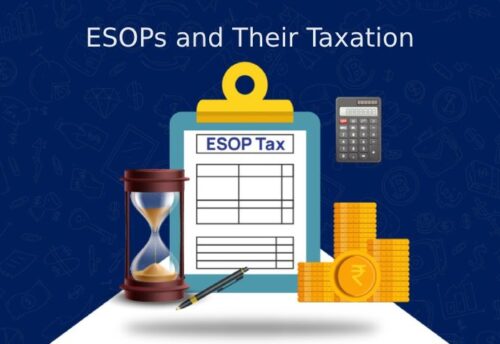
- 20/11/2024
- MyFinanceGyan
- 121 Views
- 6 Likes
- ETF, Investment
International ETFs: Understanding Global Investment Opportunities
Investors seeking to diversify their portfolios often look beyond domestic markets. While equity mutual funds provide exposure to local companies through large-cap, mid-cap, small-cap, and multi-cap categories, investing in foreign companies requires a different approach. One such avenue is International ETFs (Exchange Traded Funds), offering a simple and cost-effective way to invest in global markets.
What is an International ETF?
An International ETF is a fund that primarily invests in foreign securities. These ETFs can focus on global markets, specific regions, or individual countries, and may hold equities or fixed-income instruments.
International ETFs often track global market indices or benchmarks of specific countries. For example, ETFs investing in emerging or frontier markets focus on stocks or bonds from less-developed economies. By investing in such ETFs, investors can diversify geographically and reduce political and economic risks associated with a single country.
Breaking Down International ETFs:
International ETFs are typically passively managed, tracking a chosen benchmark index. However, the indices they follow can vary widely, depending on the fund manager’s strategy. Some funds invest in hundreds of companies globally, offering substantial diversification and growth potential, particularly in progressive economies.
However, single-country ETFs may carry higher risks compared to diversified international ETFs. For instance, economic turmoil or financial crises in a single country could significantly impact the fund’s performance. Additionally, investing abroad often comes with higher expense ratios due to associated costs.
Is Investing in International ETFs Right for You?
The suitability of international ETFs depends on your investment objectives, risk tolerance, and level of involvement.
- Passive Investors: A broad-based international equity ETF covering multiple countries is ideal for those who prefer minimal portfolio management.
- Active Investors: Single-country ETFs are better suited for hands-on investors who actively monitor and manage their investments.
Who Should Invest in International ETFs?
- Equity Investors with a Diversified Domestic Portfolio: Investors with a well-balanced Indian portfolio can consider international ETFs to further diversify and enhance returns. Beginners should first establish a stable domestic portfolio before venturing into international markets.
- Investors Eyeing Global Market Leaders: International ETFs provide opportunities to invest in renowned global brands like Apple, Tesla, Netflix, or Nike, which are not listed on Indian exchanges. These ETFs allow investors to share in the growth and profits of such global leaders.
- Investors Seeking Market Opportunities Across Geographies: Different markets perform differently at a given time. For example, when Indian markets remain steady, US markets might outperform. International ETFs help leverage such opportunities.
- Long-Term Investors: With a long-term horizon of at least five years, international ETFs can help achieve goals like retirement planning or funding education. They also mitigate equity market volatility and offer the benefits of compounding over time.
Things to Consider Before Investing in International ETFs:
- Understand the Fund’s Portfolio: Different international ETFs have varying investment strategies. Some invest exclusively in foreign equities, while others combine domestic and international securities. It’s crucial to align the fund’s portfolio with your investment objectives.
- Evaluate Risks:
- Economic & Political Risks: Changes in the political or economic conditions of the countries invested in can impact returns.
- Currency Risks: Investments in foreign ETFs are subject to currency exchange rates. For instance, an appreciating US dollar relative to the Indian rupee benefits investors, but depreciation could harm returns.
- Expense Ratios: International ETFs often have higher expense ratios due to costs like fund management and international transactions. Assess these fees carefully, as they can erode returns.
How to Choose the Right International ETF?
- Select the Right Sub-Category: Focus on ETFs with a diversified global portfolio rather than niche or thematic funds. Broad diversification reduces risks associated with specific sectors or industries.
- Choose Geography: Decide whether you want to invest globally or target specific markets like the US, Europe, Japan, or emerging economies. If unsure, opt for ETFs with global exposure.
- Compare Performance: Examine the consistency of returns and compare the ETF’s performance against its benchmark. Consistency and benchmark outperformance are critical indicators of a fund’s reliability.
Conclusion:
International ETFs are a valuable addition to a well-rounded investment portfolio. They provide exposure to global markets, opportunities to invest in leading international brands, and a chance to diversify beyond domestic borders. However, investors must consider the associated risks, expenses, and alignment with their financial goals before investing.
Disclaimer: The views expressed in this article are for educational purposes only and are not intended as product recommendations. Always consult a financial advisor before making investment decisions.



